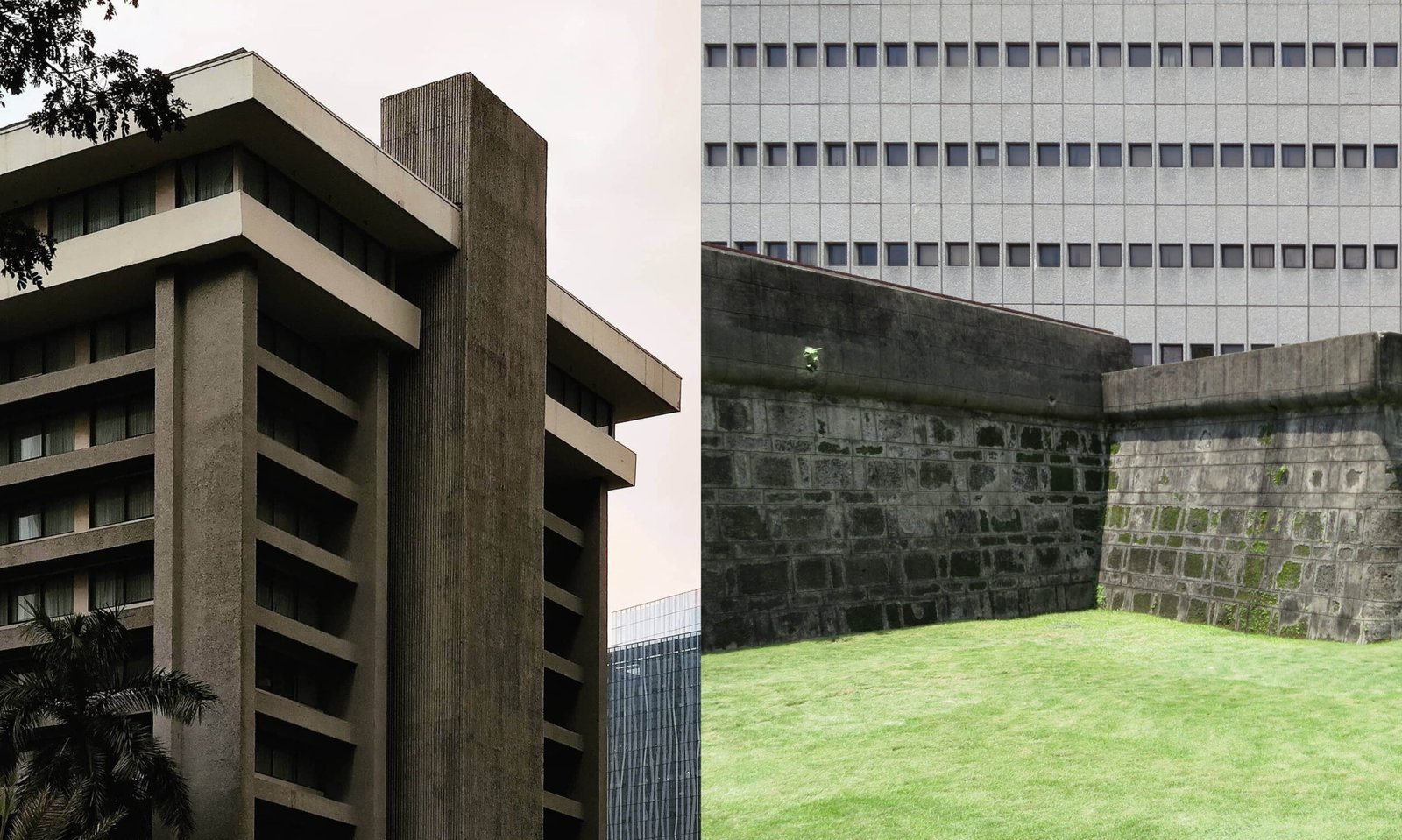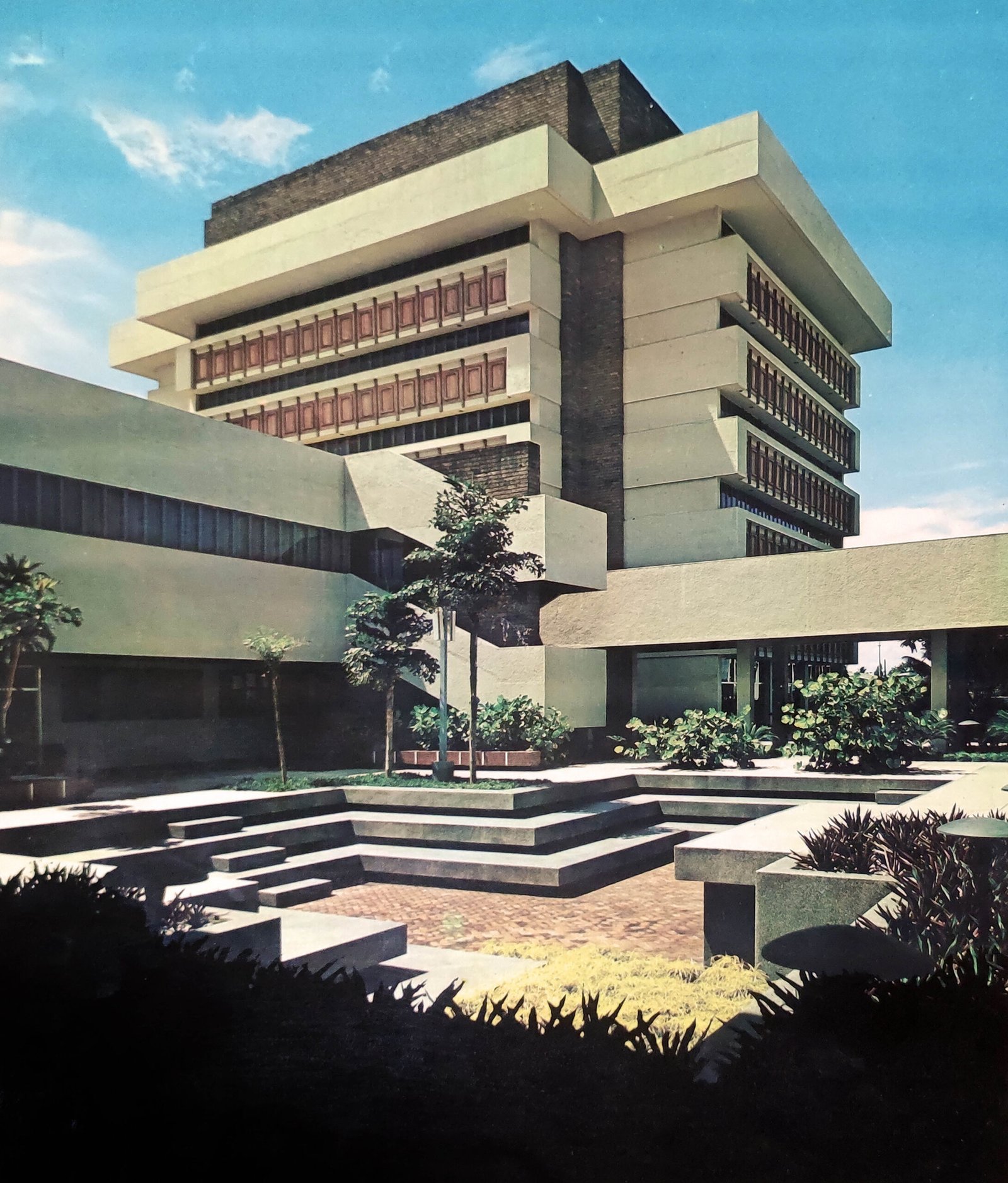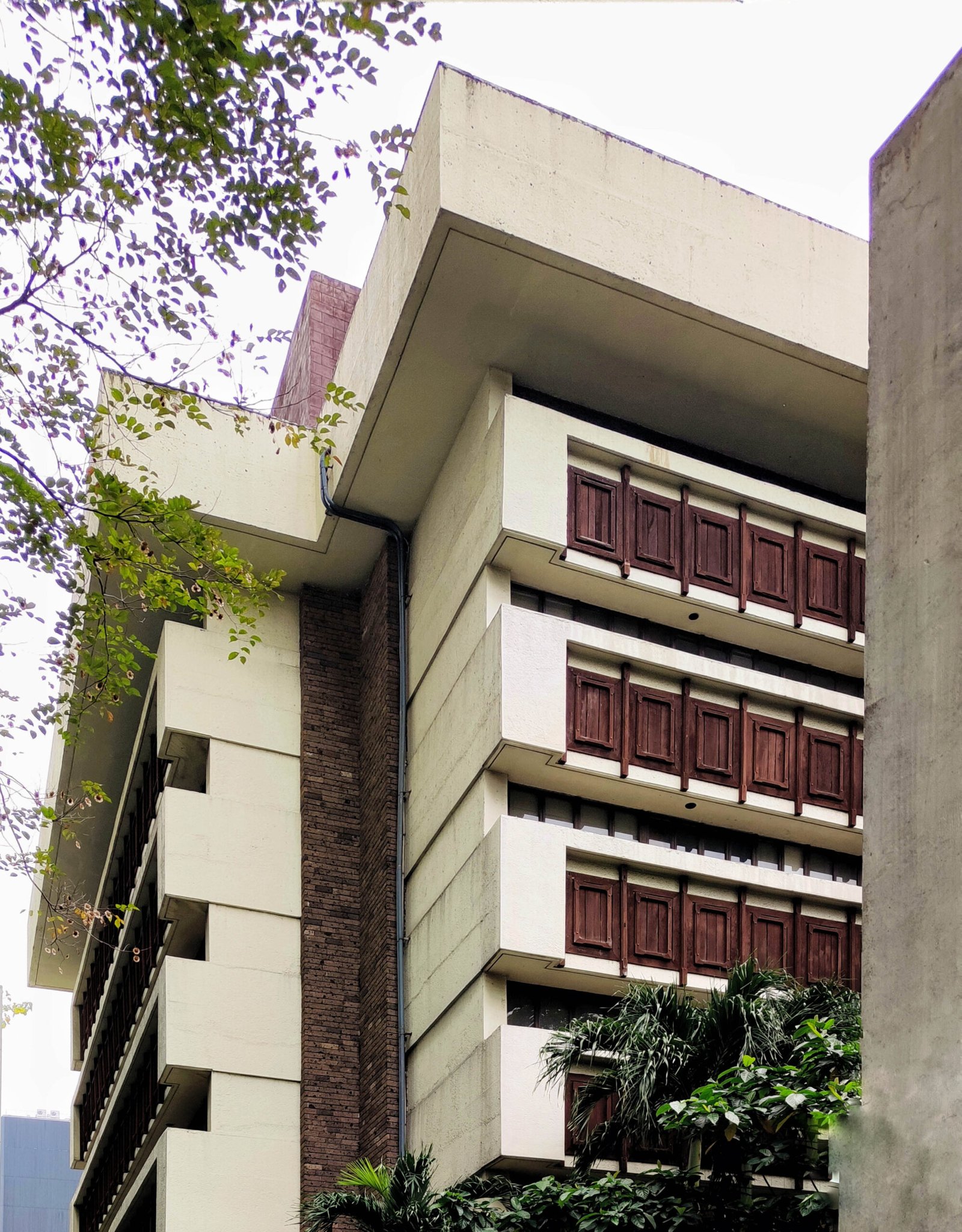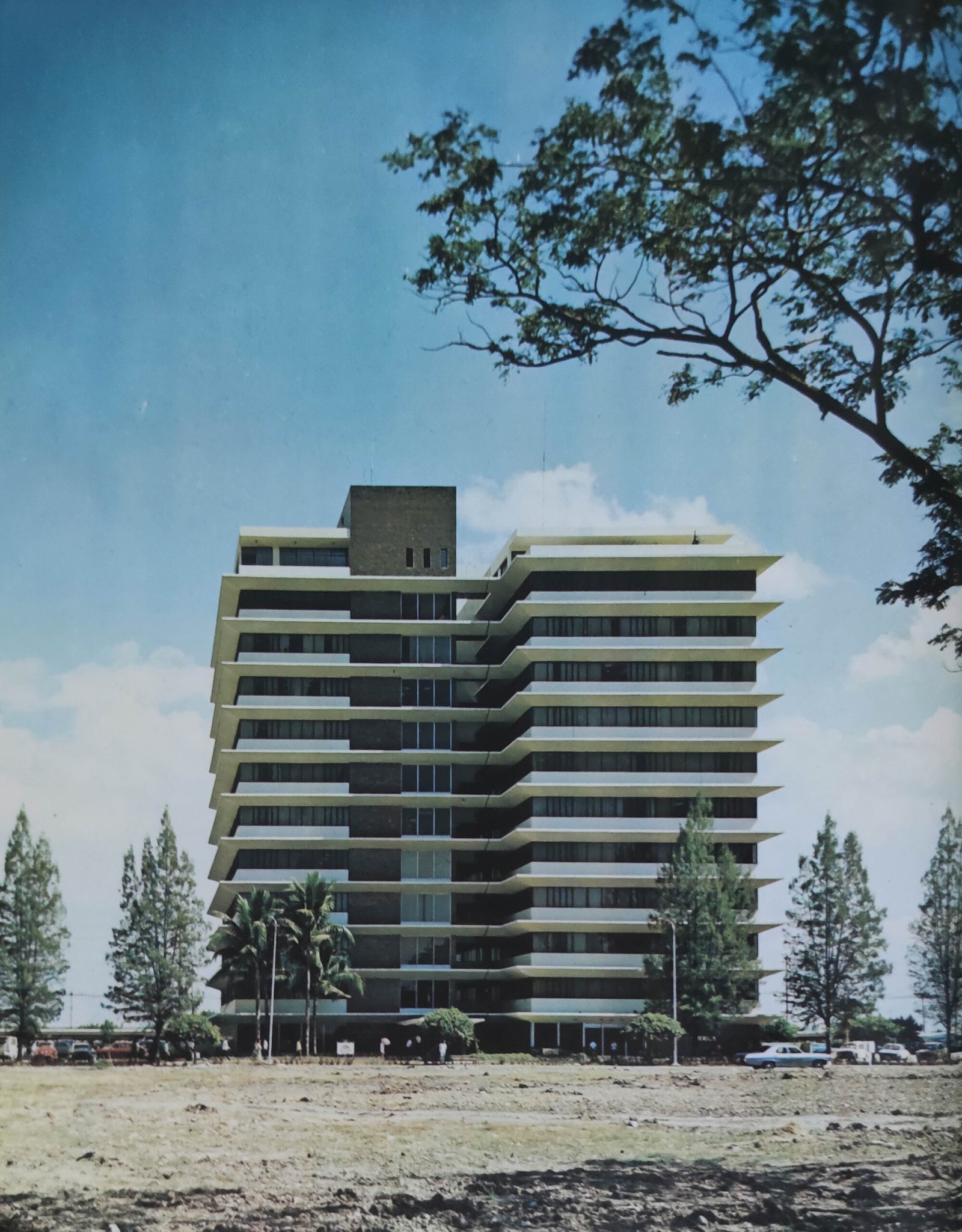Words Gabrielle de la Cruz
“No other art form is as closely interwoven with society as architecture,” said Filipino architect Gabriel Formoso. In a video produced by Docu Lico in 2021, it was revealed that the architect narrowed his ideology into three points: first, architecture is a fine art committed to creating beauty; second, the social nature of architecture places a unique responsibility on the architect; and third, architecture must strive for simplicity. He demonstrated this philosophy throughout his four-decade career, designing around 80 buildings and over 150 residences.
Formoso is recognized as one of the first 100 architects in the Philippines and belonged to the preliminary shortlist of nominated National Artists for Architecture in 2003. His prominent works include the Bangko Sentral ng Pilipinas Complex (1970), the Asian Institute of Management (1970), and the old Metropolitan Museum of Manila in Roxas Boulevard (1976). For the architect’s 109th birth anniversary, we uncover the story and the wisdom of the man behind the iconic façades.
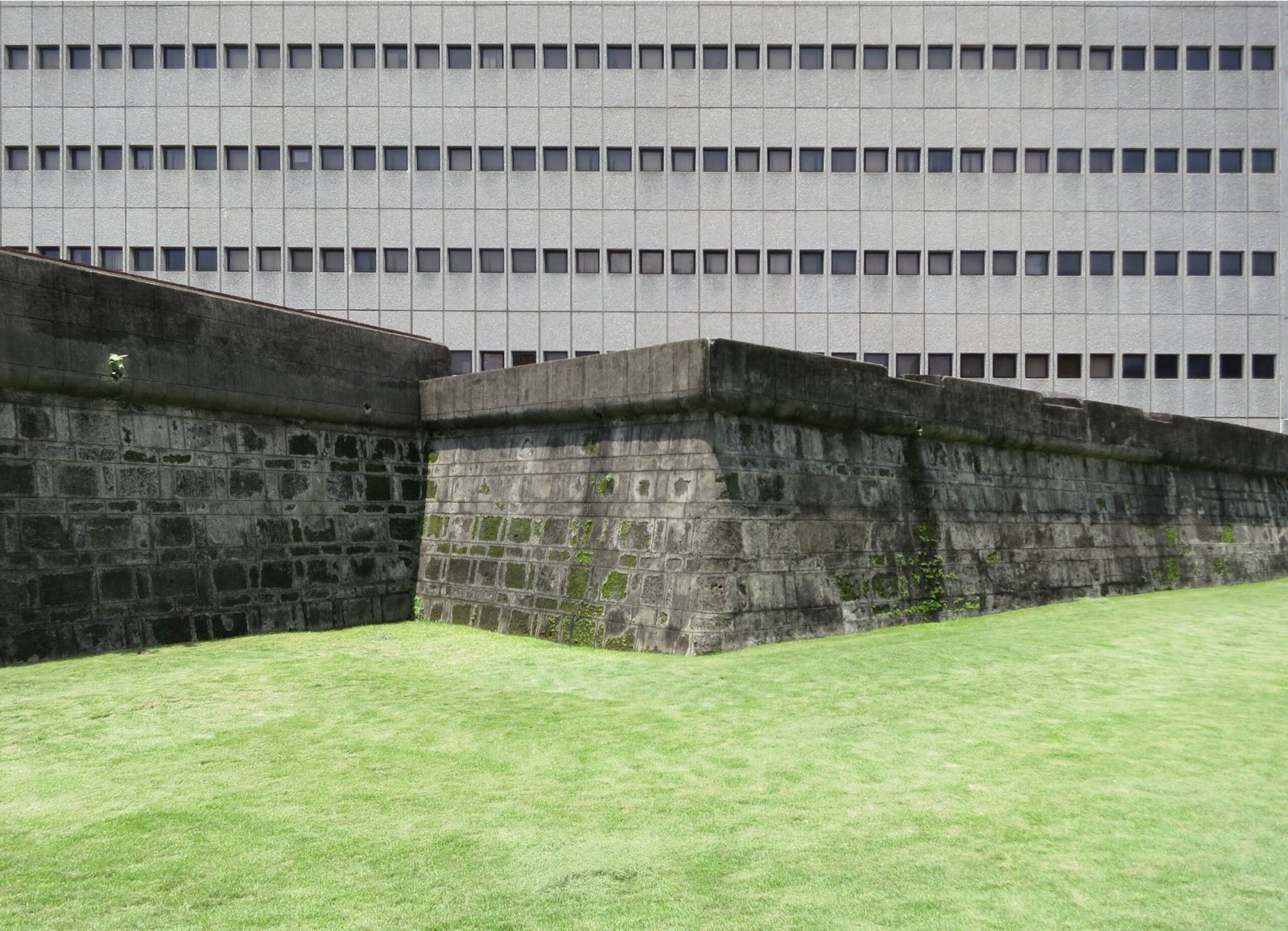



The Central Bank of the Philippines (Bangko Sentral ng Pilipinas) by Gabriel P. Formoso Architects and Associates, sourced and scanned from Philippine Arts & Architecture Magazine, Volume 8, Issue 4. “The old Central Bank Building in Intramuros was damaged by a strong earthquake and the huge banking complex needed a new building immediately,” Formoso shared. “I had to design a very straightforward and functional building in the shortest possible time. No effort was spared to meet the deadline.” 
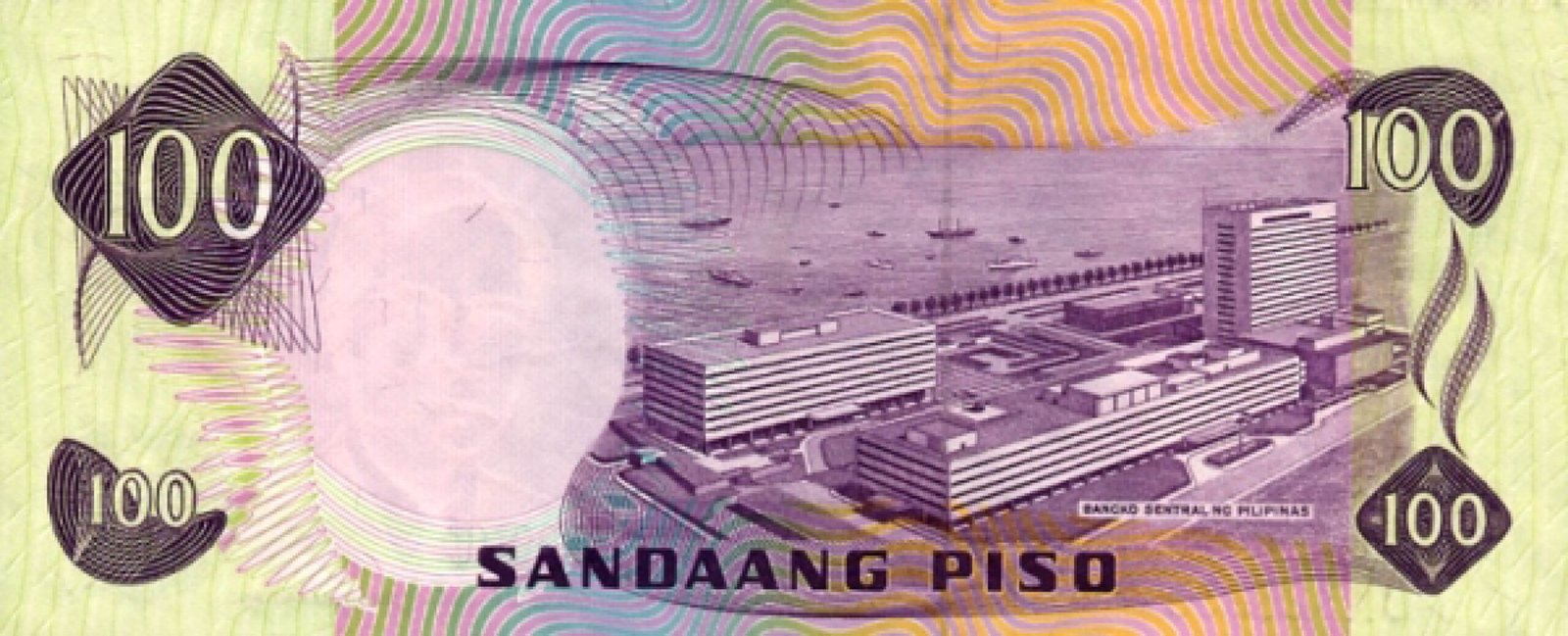
Bangko Sentral ng Pilipinas as seen in the BD 1978 issued 100-peso bill, sourced from banknote.ws, CC BY-SA 3.0 DEED via Wikimedia Commons
The architect enrolled in two of the top educational institutions in the Philippines, graduating high school from the Ateneo de Manila University in 1933 and earning an Architecture degree from the University of Santo Tomas in 1937. In 1939, he became a registered architect and initially worked with architect Andres Luna and later Pablo Antonio. He then partnered with Luis Araneta and established Gabriel Formoso and Partners in December 1973. The practice has evolved through the years and is currently known as GFP Architects.
Asian Institute of Management, then and now. Left: sourced and scanned from Philippine Arts & Architecture Magazine, Volume 8, Issue 4, Right: photographed by Patrick Kasingsing
Among the biggest influences on the Formoso forms we now know was the architect’s exposure to different sights. He completed 11 tours of the United States, South America, and Europe from 1952 to 1988, observing architecture trends, particularly in bank, hotel, and condominium design. He later specialized in these structures, designing some of the commercial, institutional, and hospitality landmarks we recognize today.
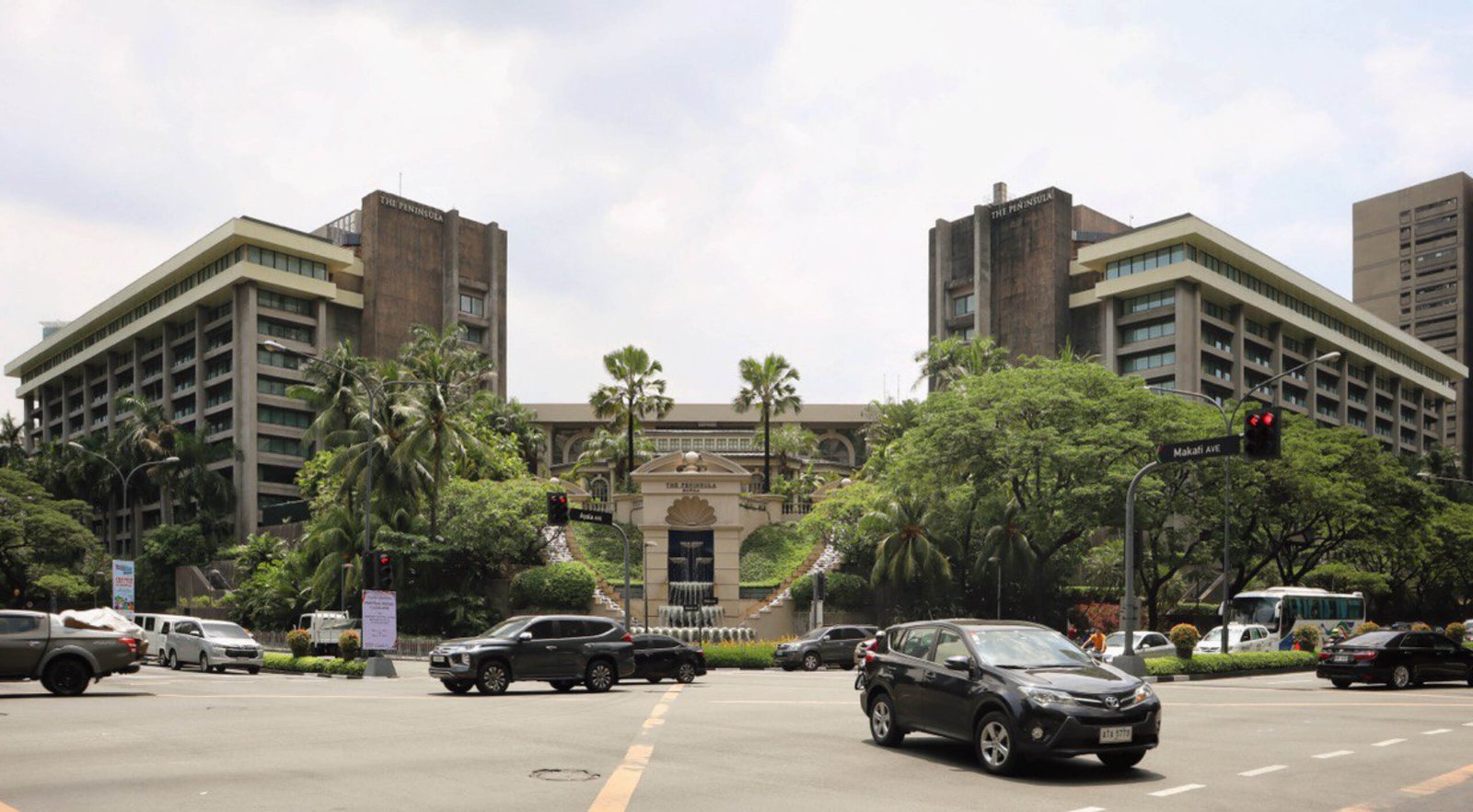
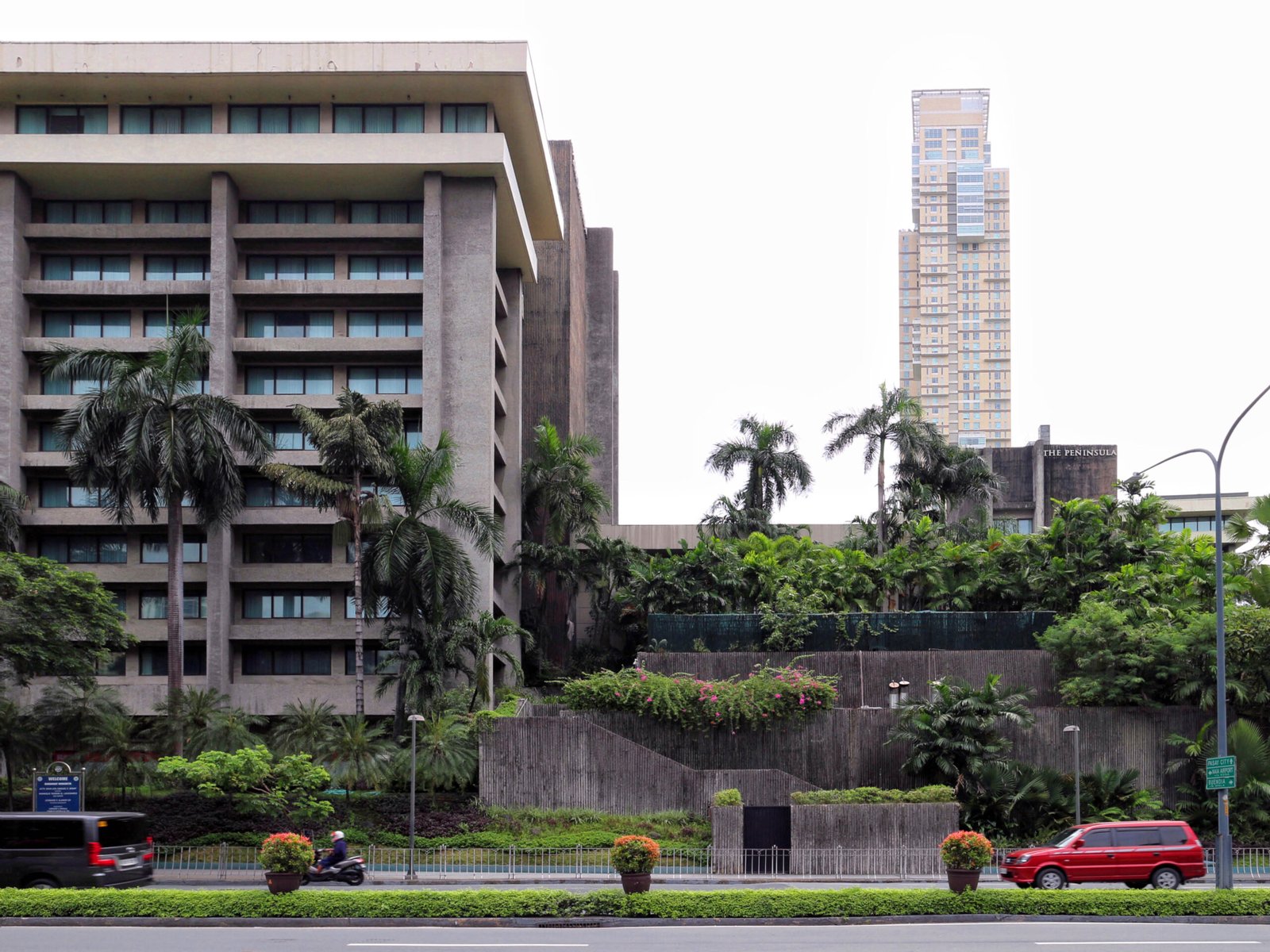
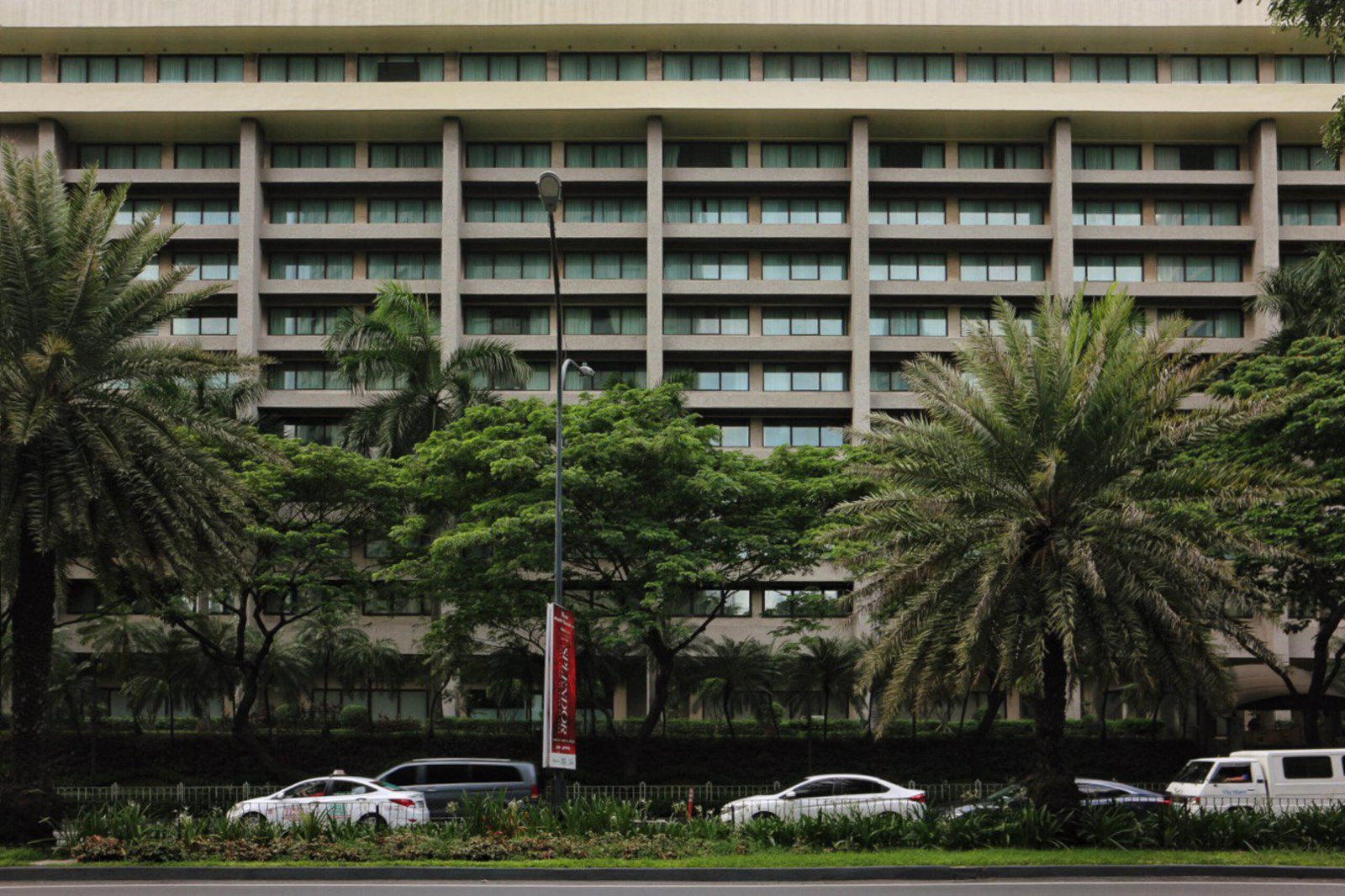
Most Formoso-penned residences in the 1960s to 1970s are within his birth city, Makati. In a 2010 column, architect Paulo Alcazaren stated that many of these houses “have functioned the last four decades with little structural remodeling and shifting of spaces. The interiors and landscape design of a few have been updated, but not a few still benefit from the original configuration of spaces and the maturing of shade trees and palms.” He also shared that publisher of the Philippine Arts and Architecture magazine Jose Punzalan said that Formoso “had a distinct preference for masculine-looking rubble (adobe) walls and bold-lined fascias treated in his own inimitable way — features which (were) largely to identify his work for decades to come.”
Plenty of his signature structures can also be found in Makati City such as the Manila Peninsula Hotel (1974), Pacific Star Building (1989), and Bank of America–Lepanto Building (1978). All three buildings also remain active as of writing, along with other Formoso projects.
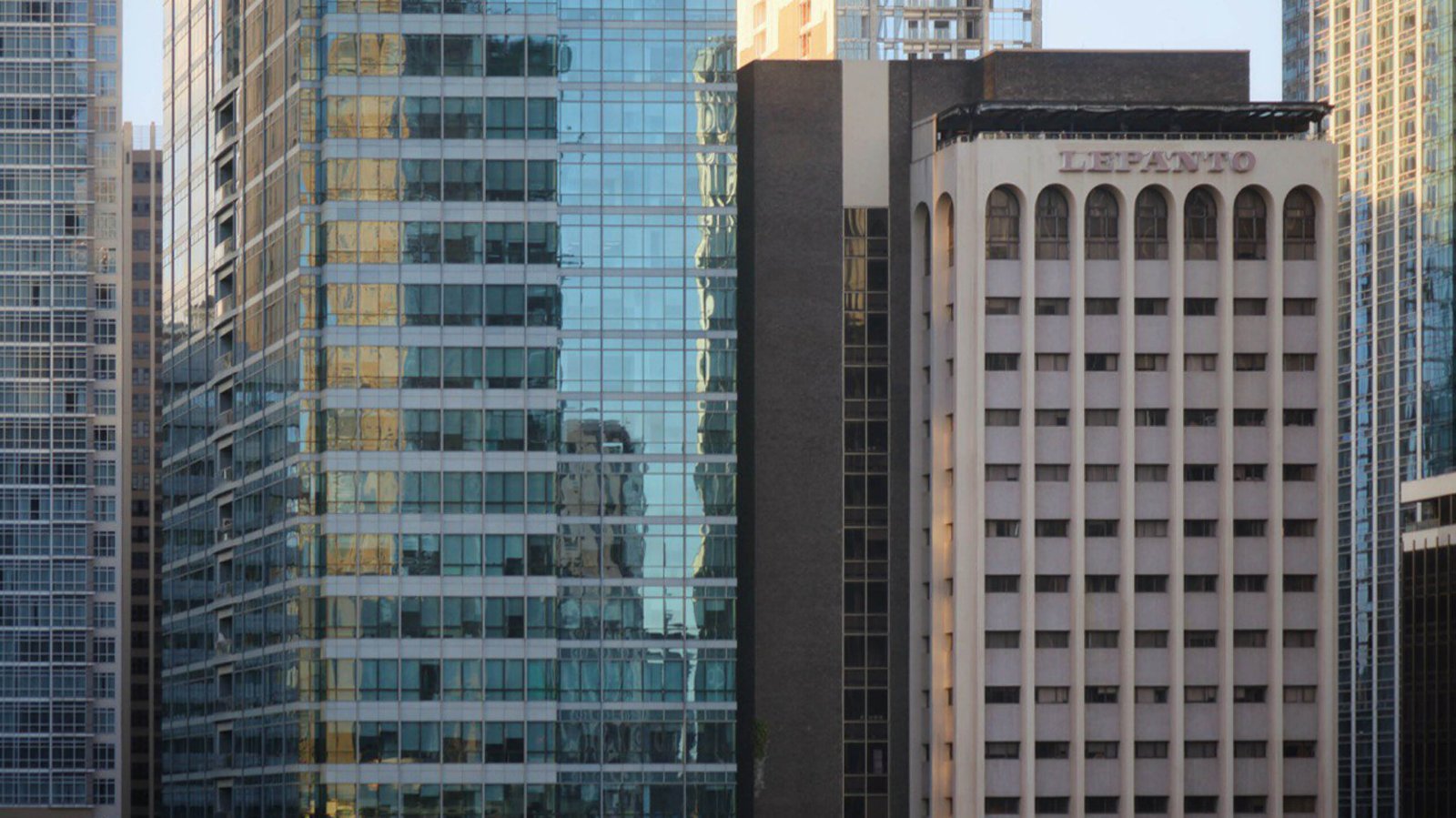



Lepanto Building, photographed by Patrick Kasingsing
Formoso’s commitment to his career garnered him numerous awards. He was the 1973 Republic Cultural Heritage Awardee in the field of Architecture, the 1974 Most Outstanding Alumnus Award of the University of Santo Tomas, the 1977 Patnubay ng Sining and Kalinangan Awardee for Architecture, and the 1979 PRC Outstanding Architect of the Year. He is also the third recipient of the Likha Award and Gold Medal, awarded in 1990. This is the highest award given by the United Architects of the Philippines, and it has only been given to five architects in 24 years.
Left: Pacific Star Building, photographed by Patrick Kasingsing. Right: Old Doña Narcisa de Leon Building (formerly beside Lepanto building, now demolished), sourced and scanned from Philippine Arts & Architecture Magazine, Volume 8, Issue 4
We end this tribute with an excerpt from Volume 8, Issue 4 of the Philippine Arts & Architecture Magazine: “Trying to describe the private satisfaction that his professional life has brought him, Gabriel P. Formoso sees it as a disciplined period within which he has come closest to his professional aim: the creation of architecture that is truly beautiful and livable, where human beings would not only be sheltered and protected but likewise be pleased in which to live and work.” •
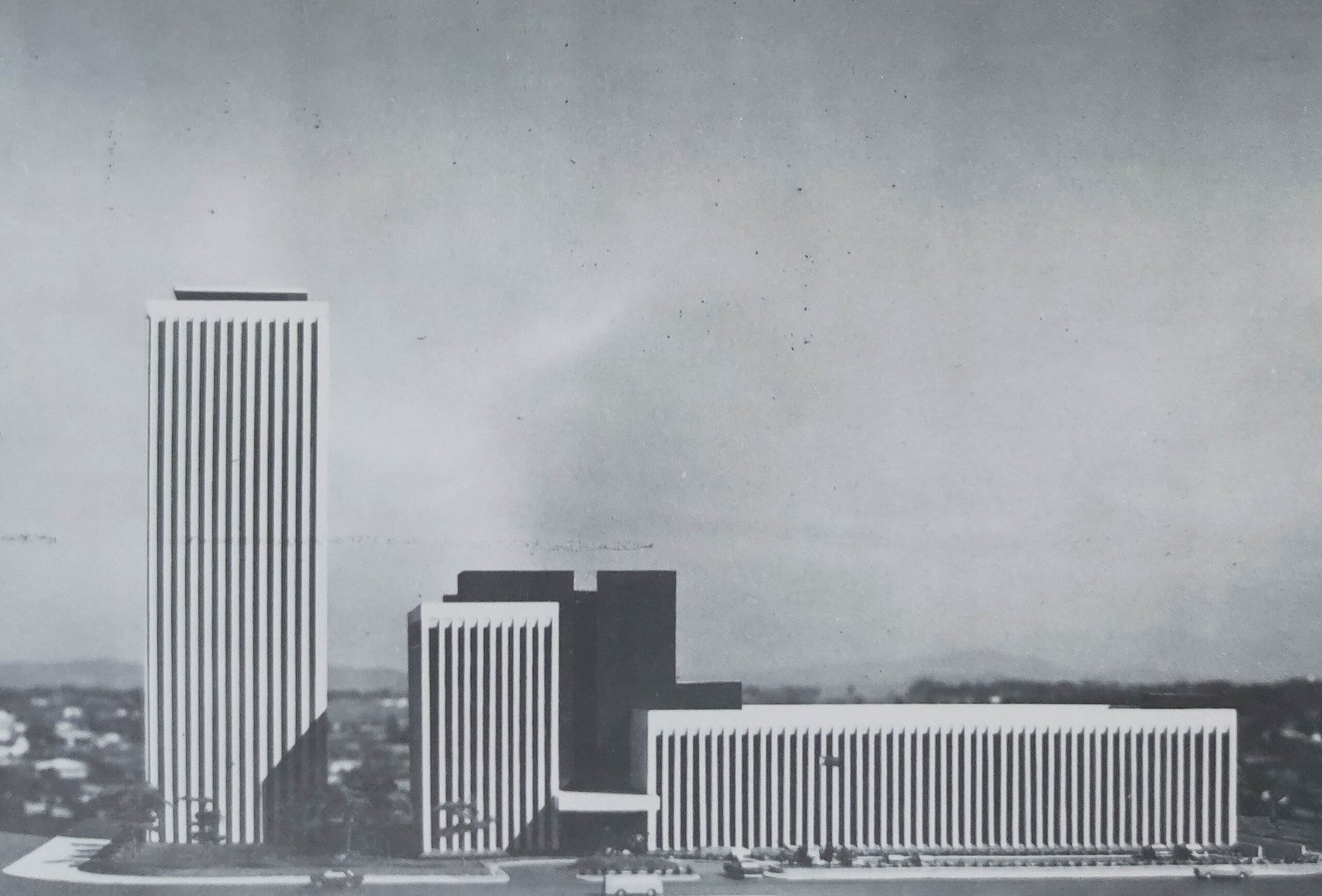

Information obtained from Volume VIII of the Philippine Arts and Architecture magazine, GFP Architects, Masterbuilders: Gabriel Formoso by Docu Lico, Formoso’s facades by Paulo Alcazaren, Brutalist Pilipinas, Awards in Architecture list by the National Commission for Culture and the Arts (NCCA), and Virtual Law Library.
